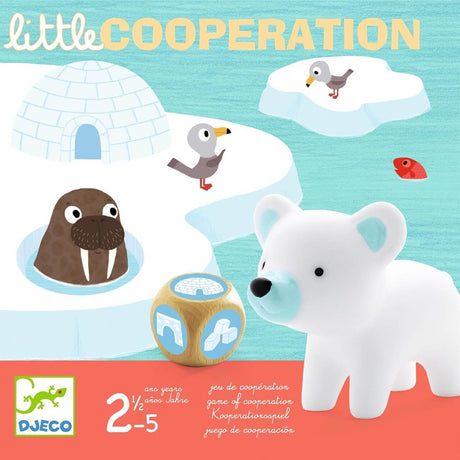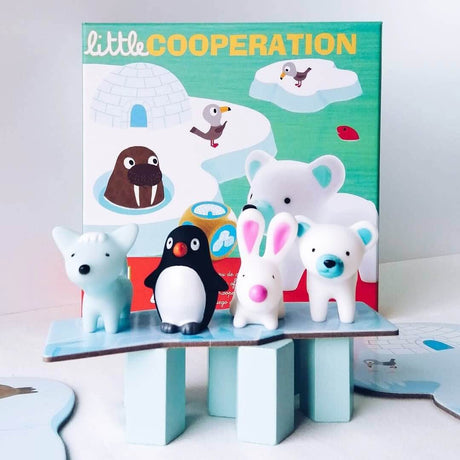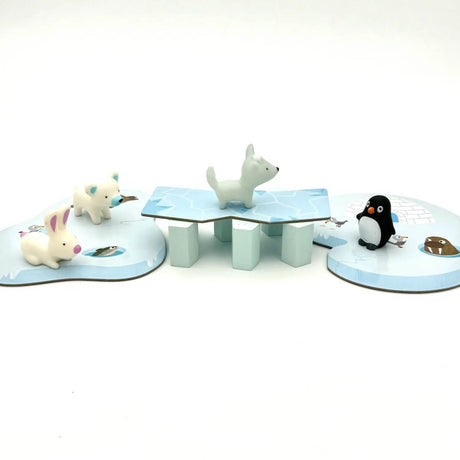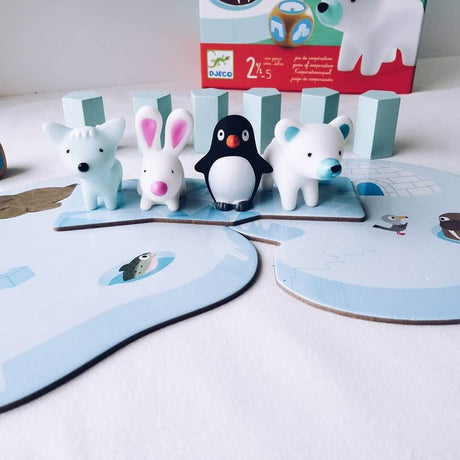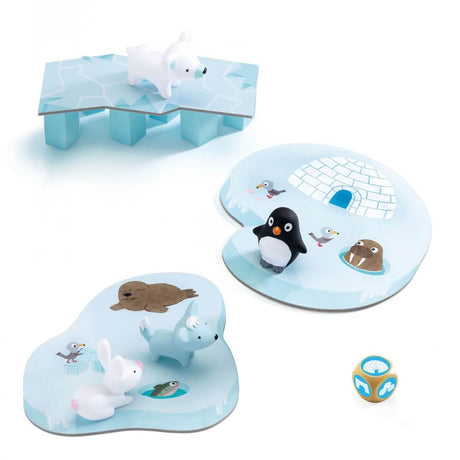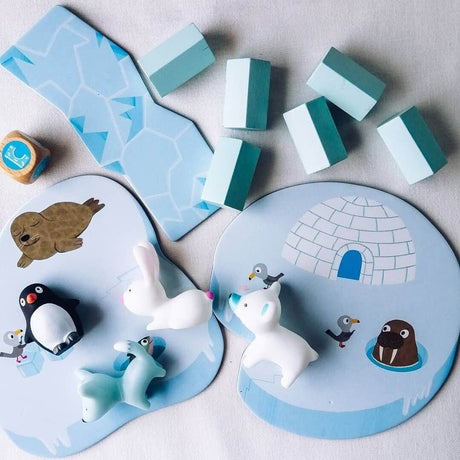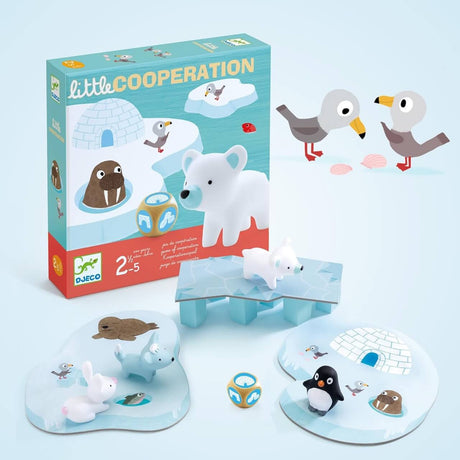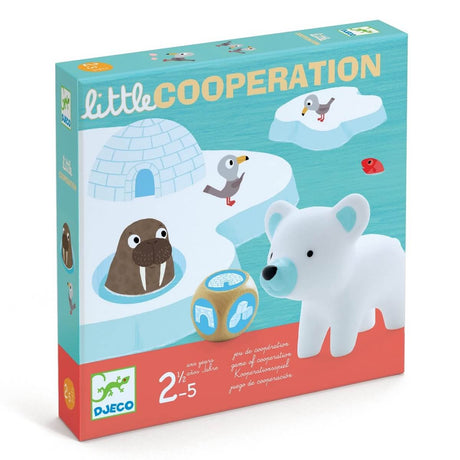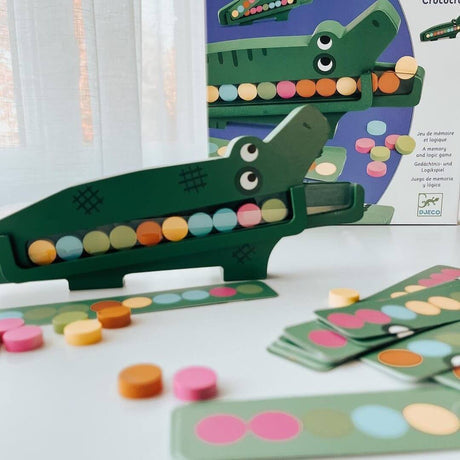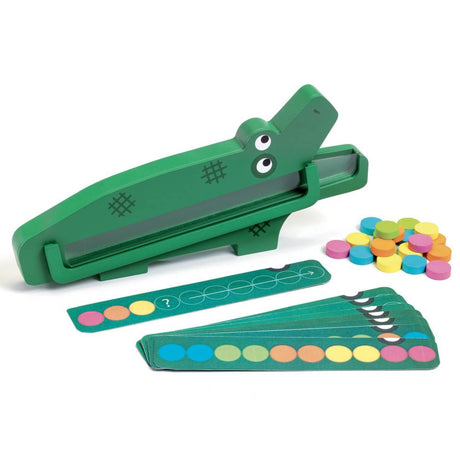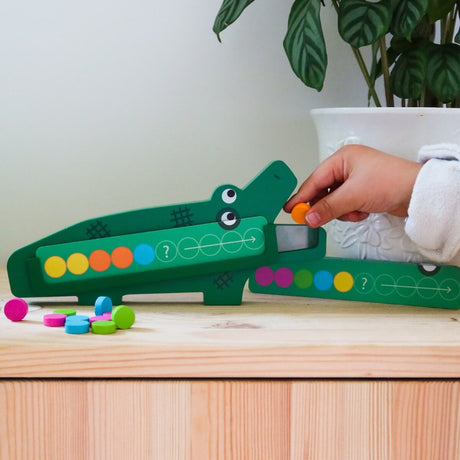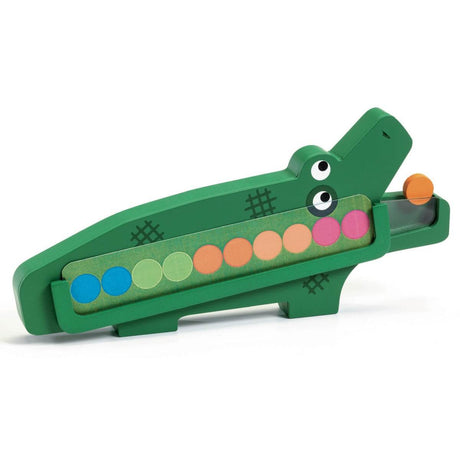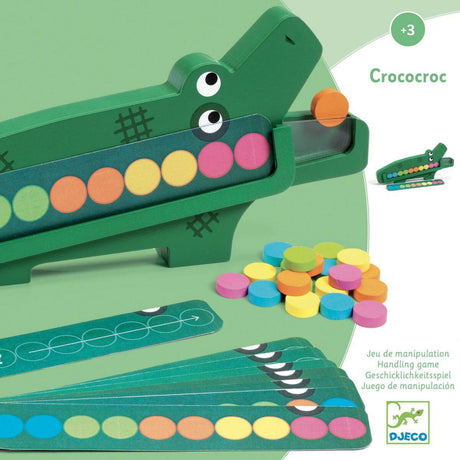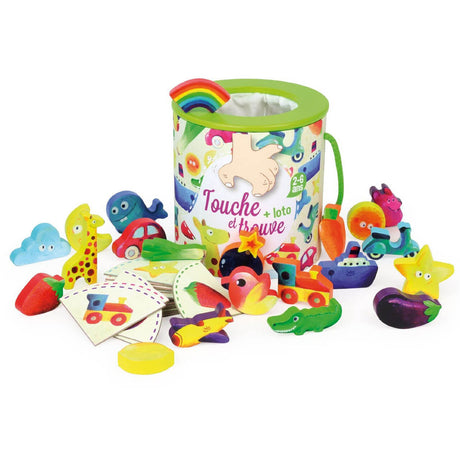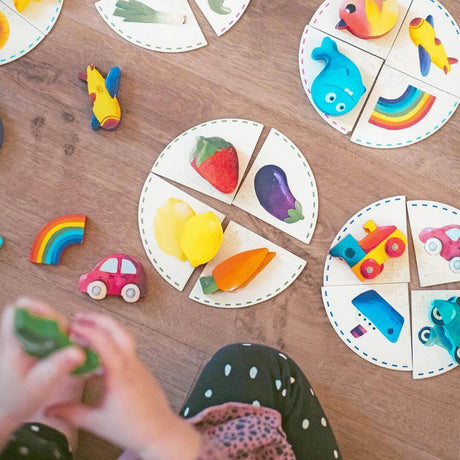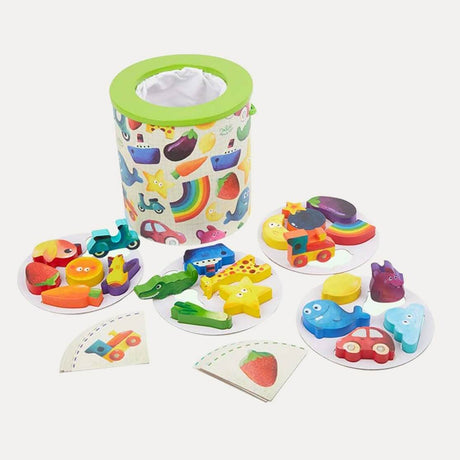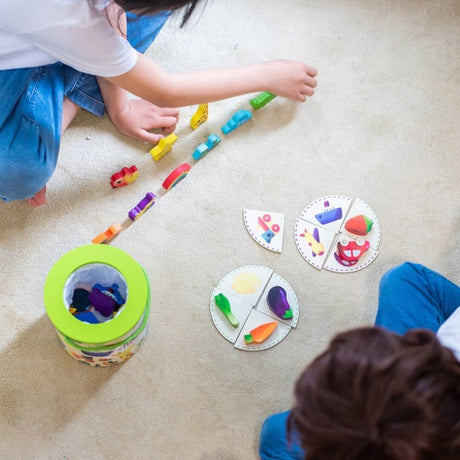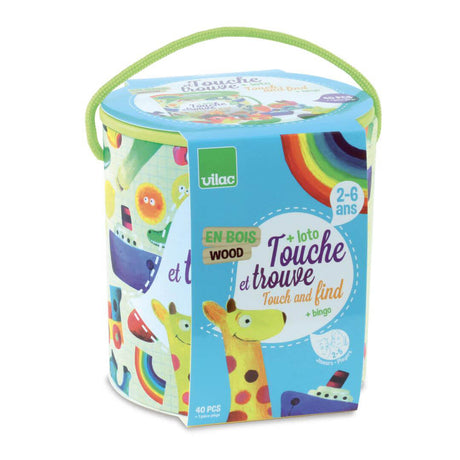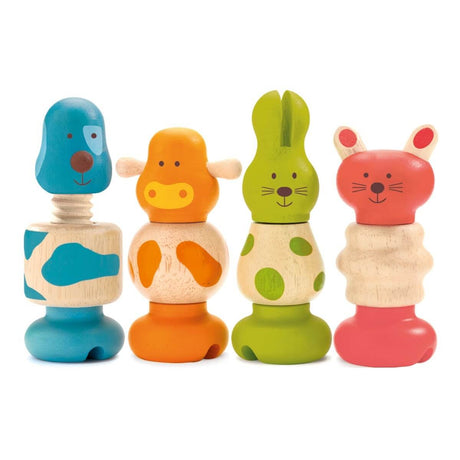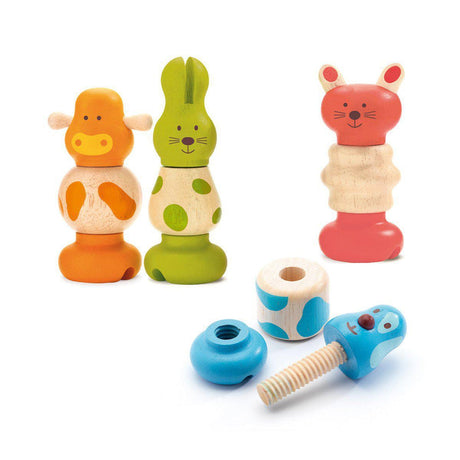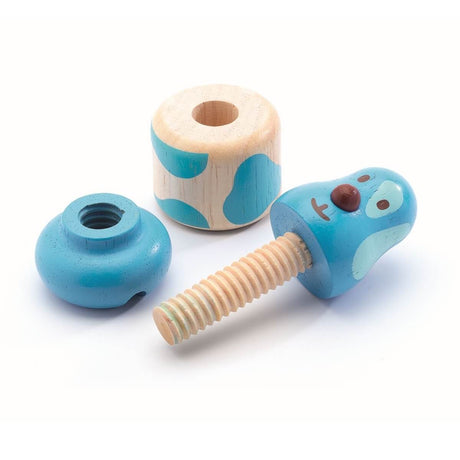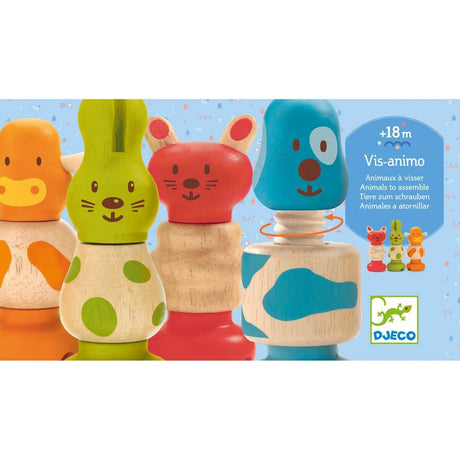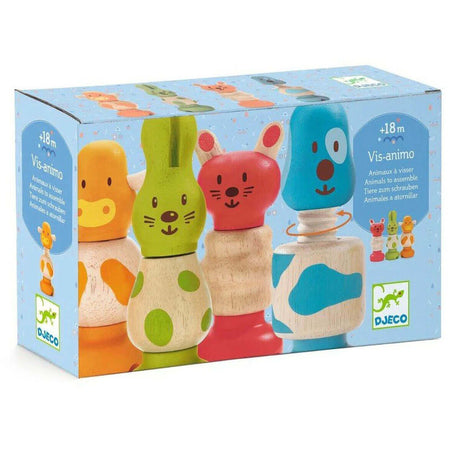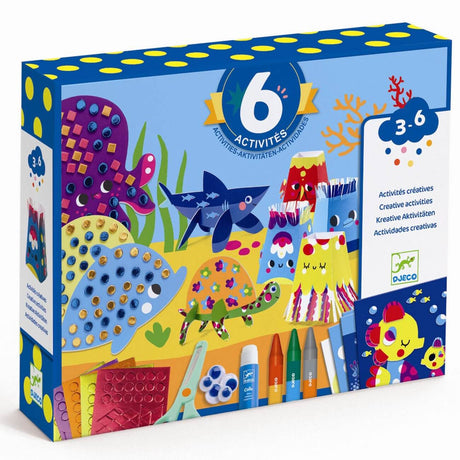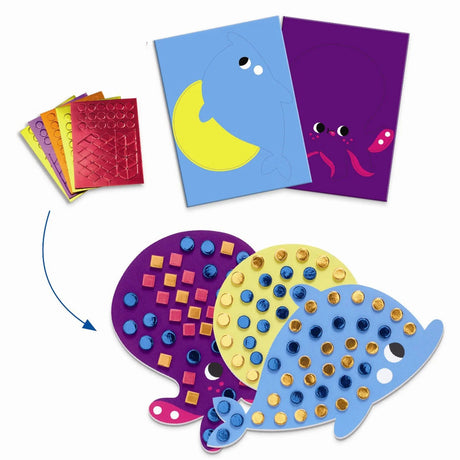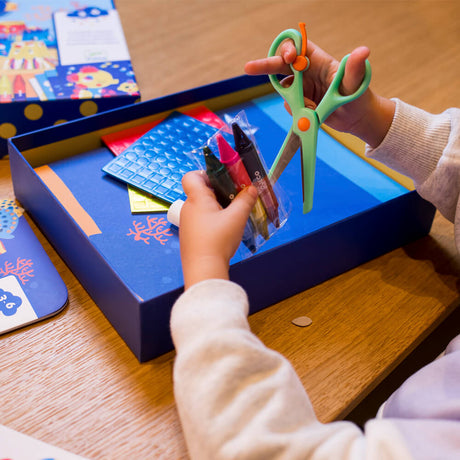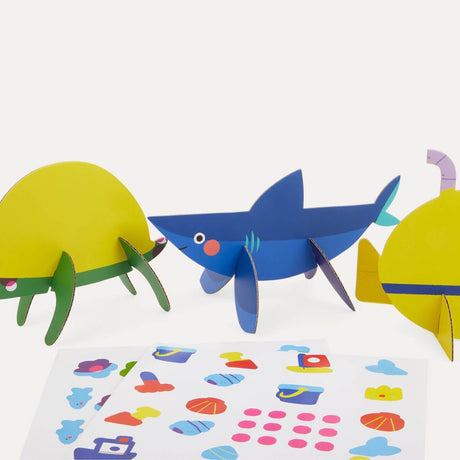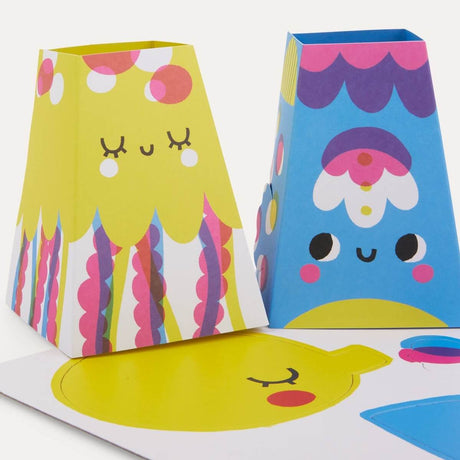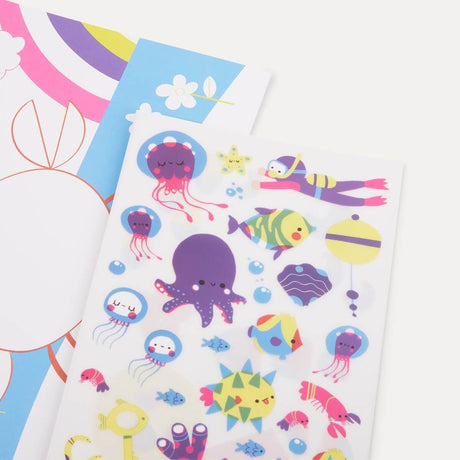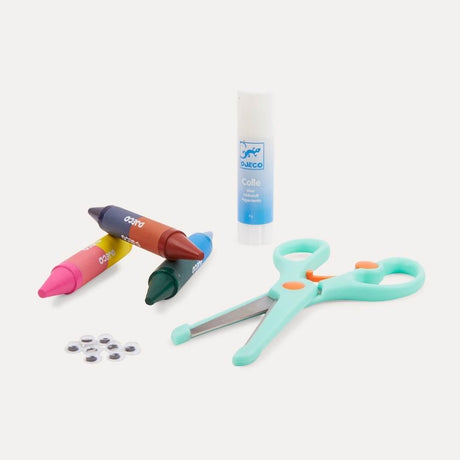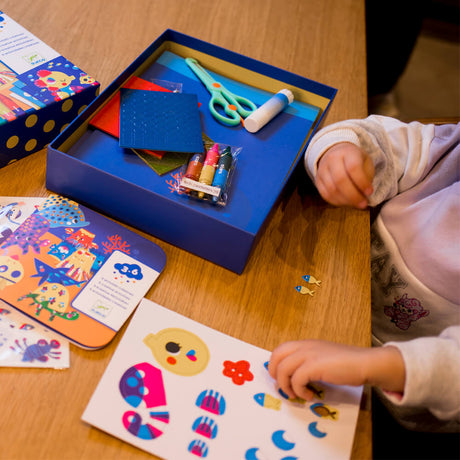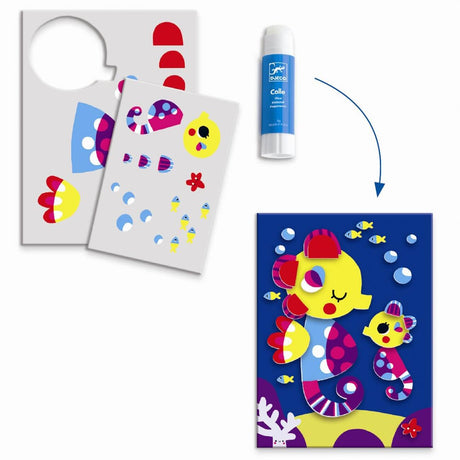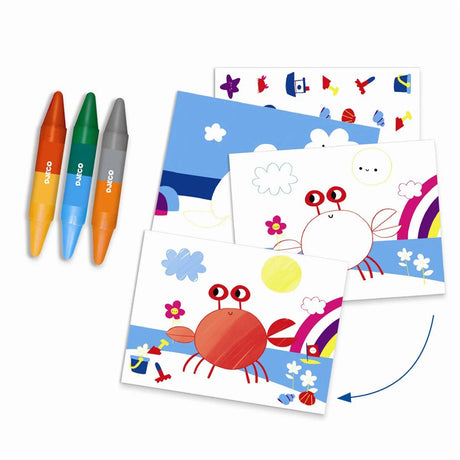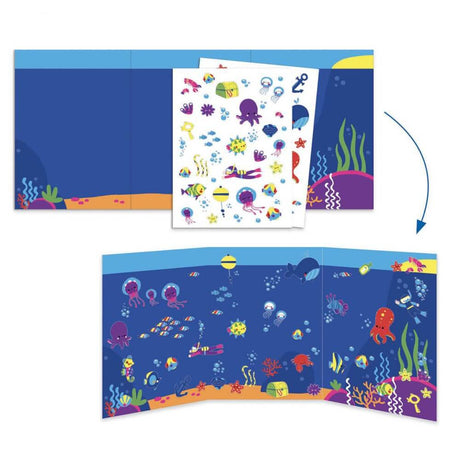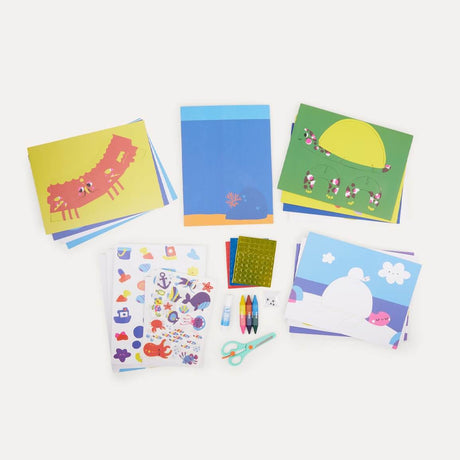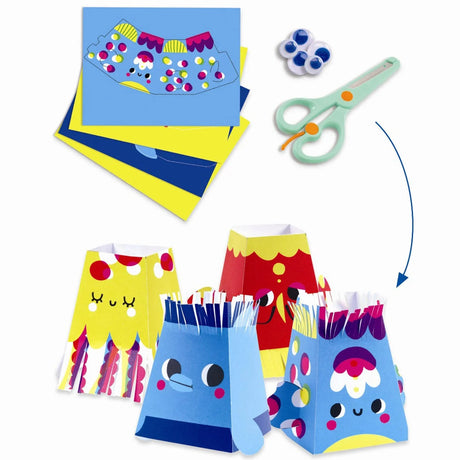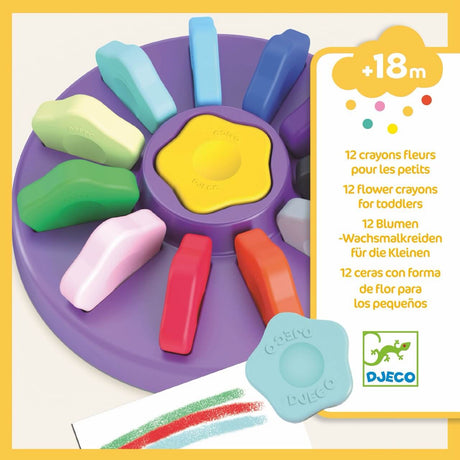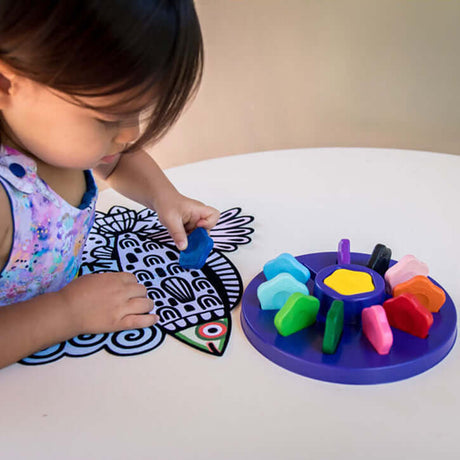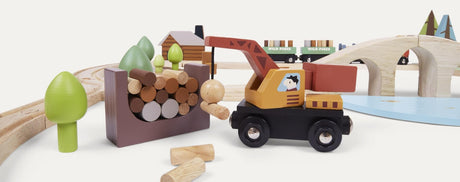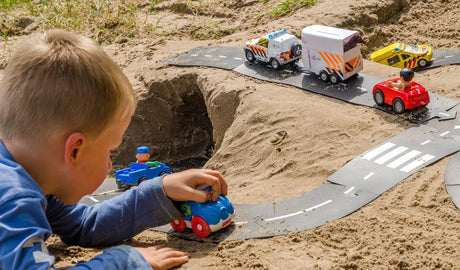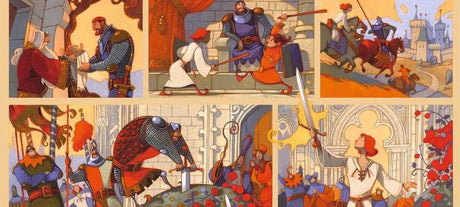Fine motor skills are very important for your child's development. It can be defined as a skill that requires delicate muscular control and in which body parts move within a limited area in order to produce precise responses (for example, using utensils or writing).
What are fine motor skills?
Fine motor skills represent the set of functions that allow the control of fine movements. It is acquired from early childhood!
The development of fine motor skills means that the child uses certain small muscles in the fingers and hands to make precise movements to reach, grasp and manipulate small objects.
It is the opposite of gross motor skills which involve many muscle groups and involve movement of the entire body (for example, cycling or walking).
Fine motor skills include various abilities:
- Grasping: The development of grip, prehension is the ability to grasp objects with the hand! Grasping is the way the hand will grip because it must adapt to textures, shapes, weights, sizes... for this it is therefore important that the child manipulates different objects.
- Transportation: The ability to move an object from one place to another.
- Voluntary release: Knowing how to release an object to position it in a specific location.
- Manipulations in the hand: For example, the child manages to move an object from his fingers to his palm.
- Bi-manual skills: The child needs to use both hands in a coordinated manner.
- The ability to use a tool: To accomplish an action, for example a pen, an eraser, etc.
It is fine motor skills that allow children to be more agile with their fingers, to be more flexible in the wrist, to have better hand-eye coordination...
The development of fine motor skills
The development of these skills begins very simply: babies who reflexively grasp everything they find begin to exercise their fine motor skills for the first time.
In infancy, children first begin to grasp objects around 3-4 months of age, but it's often a lot of groping. Their gestures are not very precise and the more they develop tone and an ability to coordinate their gaze and their hand, the more precise they manage to be.
This reflex grasping develops into a controlled grasp of objects, passing them from one hand to the other and releasing or picking them up again. From there, they learn more and more to use their fine motor skills.
By age 2 or 3, children are able to use both hands alternately and to fit objects together.
By age 4, they can follow a labyrinthine path with their finger, circle with a pencil and make simple geometric shapes.
Between the ages of 4 and 6, having mastered pencil grip, the child uses it with greater precision, adding detail to his drawings. They can cut in a straight line with scissors, string beads, dress and undress themselves, and make curls.
Why are fine motor skills so important?
Fine motor skills are important for your child's development so they can engage with school later in life.
For example, when creating artwork or learning math, reading and writing. Writing in turn contributes to language development and the processing of visual information.
There is no shortage of uses for fine motor skills: it also allows you to eat yourself, turn the pages of a book, build things, brush your teeth, draw, tie your shoes, write, cut food and help yourself. scissors, and so on!
Being able to use your hands and fingers in a controlled way is useful in mathematics: when you learn to count, add and subtract, it is easier at first to use your fingers to count.
In summary, fine motor skills play a role in linguistic, cognitive and academic development.
The best activities to develop fine motor skills
To help your little one develop these important skills, you can let him play with colored pencils and finger paints. Coloring and painting will help him learn to control the movements of his hands, fingers and thumb.
Another fun activity is playing with play dough. Popping bubble wrap also exercises the small muscles in your hands.
Puzzles and building and assembly games are also a fun way to practice fine motor skills. For example, trying to stack blocks on top of each other without knocking over the entire tower or putting two blocks together accurately allows you to learn to control your movements.
A brand that stands out in this regard: SmartMax magnetic games are examples of toys that improve the fine motor skills of babies and young children from 1 to 5 years old. And as a bonus: the little magical side of discovering the principle of magnetism with magnets that attract and repel each other!


